Imagine standing in the wild and hearing a roar so deep it rattles your bones—now picture the beast behind it! Roaring isn’t just noise for these magnificent cats; it’s their way of claiming territory, showing power, and calling to family across miles. From the kingly lion to mysterious clouded leopards, these feline giants have voices that can stop you in your tracks. Get ready to meet the most thunderous big cats on the planet—each with their own surprising twist!
1. Lion – The King’s Roar Shakes the Savannah

No contest—lions top the chart with a roar that can be heard up to five miles away! Their thunderous vocal cords are actually specially adapted: a square-shaped larynx and a unique ligament make their calls lower and louder than any other cat’s. When a lion bellows at dawn or dusk, it’s not just showing off; it’s warning rivals and gathering its pride. Imagine waking up to that sound—like a rolling drumbeat over the grasslands! For lions, roaring is a family affair, often performed in unison to boost the pride’s confidence and scare off intruders. Even cubs try their luck, squeaking alongside the adults.
2. Tiger – The Jungle’s Thundering Soloist
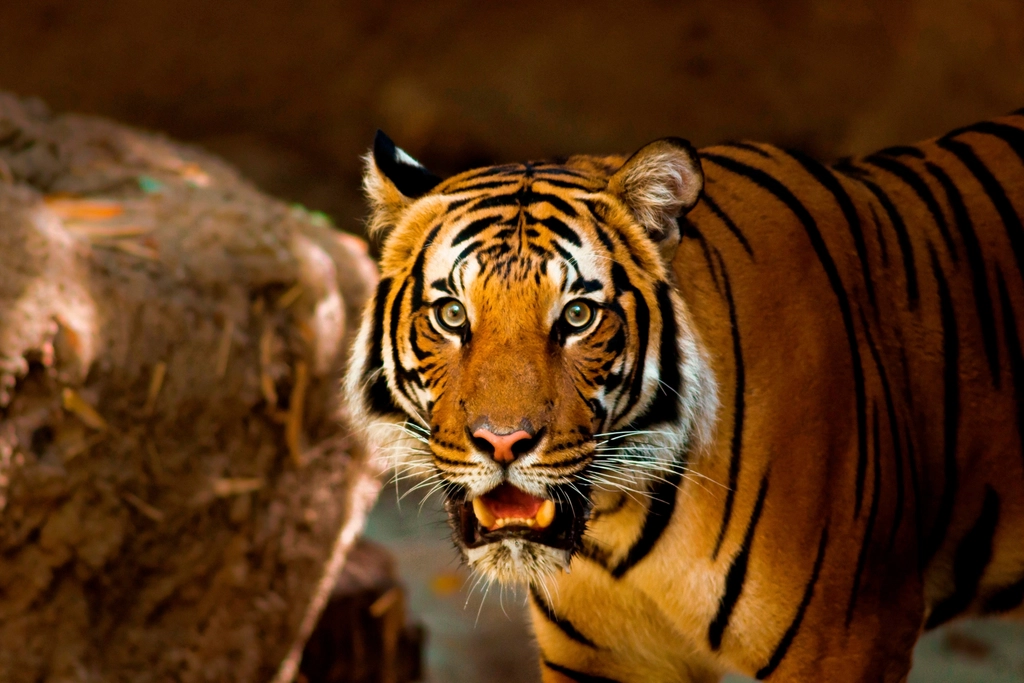
Tigers come in at a close second, with roars that echo through dense forests and up misty mountainsides. Their calls are so loud that they can be heard almost two miles away, cutting through the thickest jungle. Unlike lions, tigers are solo artists—most often roaring to announce their presence or warn rivals to stay away. A tiger’s roar is a deep, almost guttural sound, sometimes compared to a “sawing” noise. In the wild, this mighty call is both a beacon and a barrier—protecting precious territory and keeping the peace. The next time you hear a tiger at the zoo, imagine it traveling through an ancient forest!
3. Jaguar – The Rainforest’s Sonic Boom

Jaguars may be quiet compared to lions and tigers, but their “saw” is still a force to be reckoned with. When a jaguar lets loose, the sound can bounce off rainforest trees and water, giving it a haunting, echoing quality. Jaguars use their powerful bellows—sometimes called “sawing”—mainly during mating season or when marking territory. It’s a rare treat to hear them in the wild, but up close, their vocalizations can shimmer your spine. Bonus fact: jaguars have the strongest bite of any big cat, so that roar is just the start of their power!
4. Leopard – The Stealthy Roaring Shadow
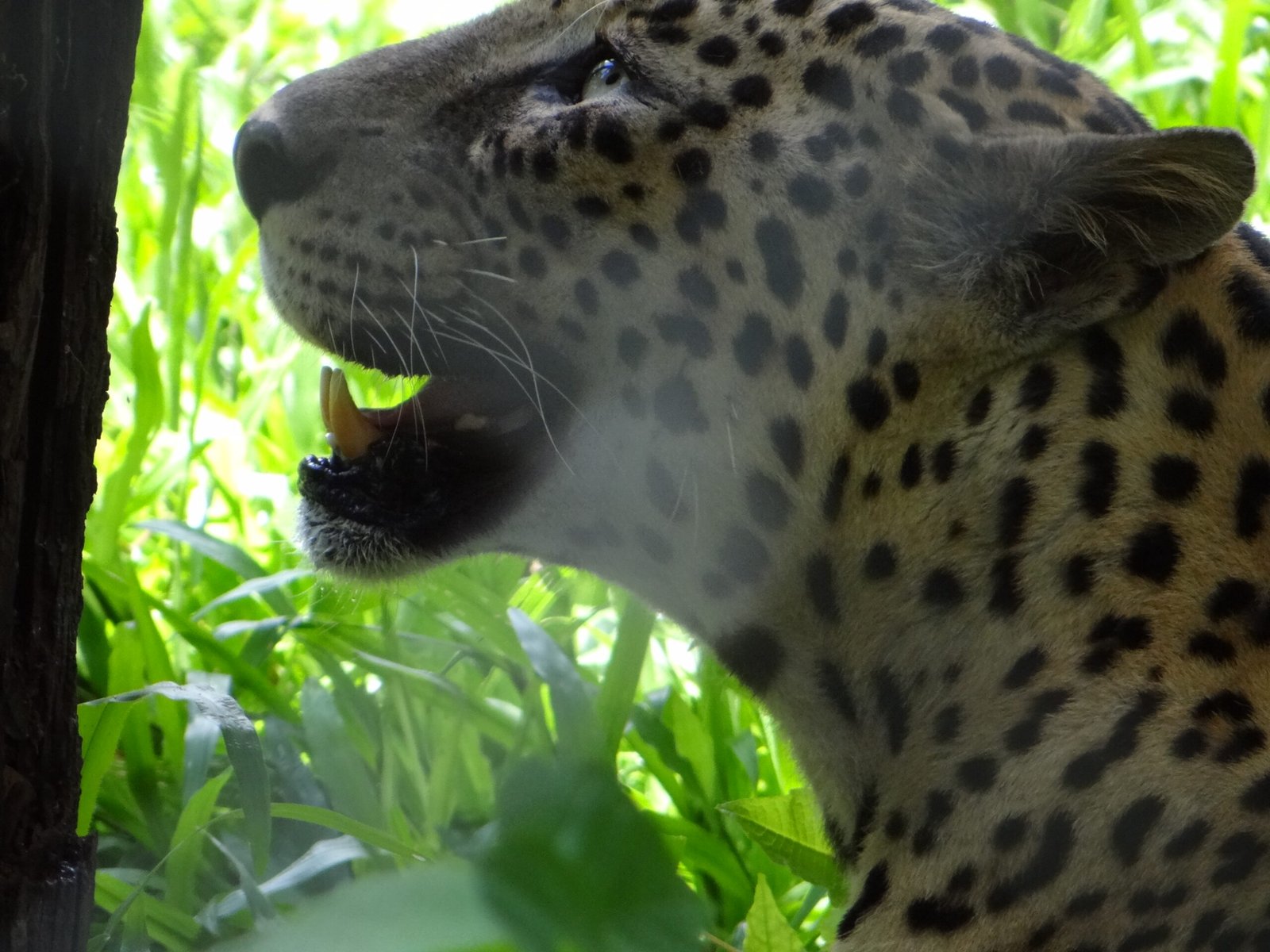
Leopards are known for their ghostlike ability to disappear into the shadows, but did you know they can roar too? Their call is often described as a coarse, rasping cough—something like “sawing wood.” While not as thunderous as a lion’s, a leopard’s roar is surprisingly loud for such a secretive cat. They use it to claim territory and warn off rivals, especially at night when the world is quiet. If you’re lucky enough to hear it, you’ll never forget the raw, raspy sound echoing through the bush!
5. Snow Leopard – The Mountain Whisperer
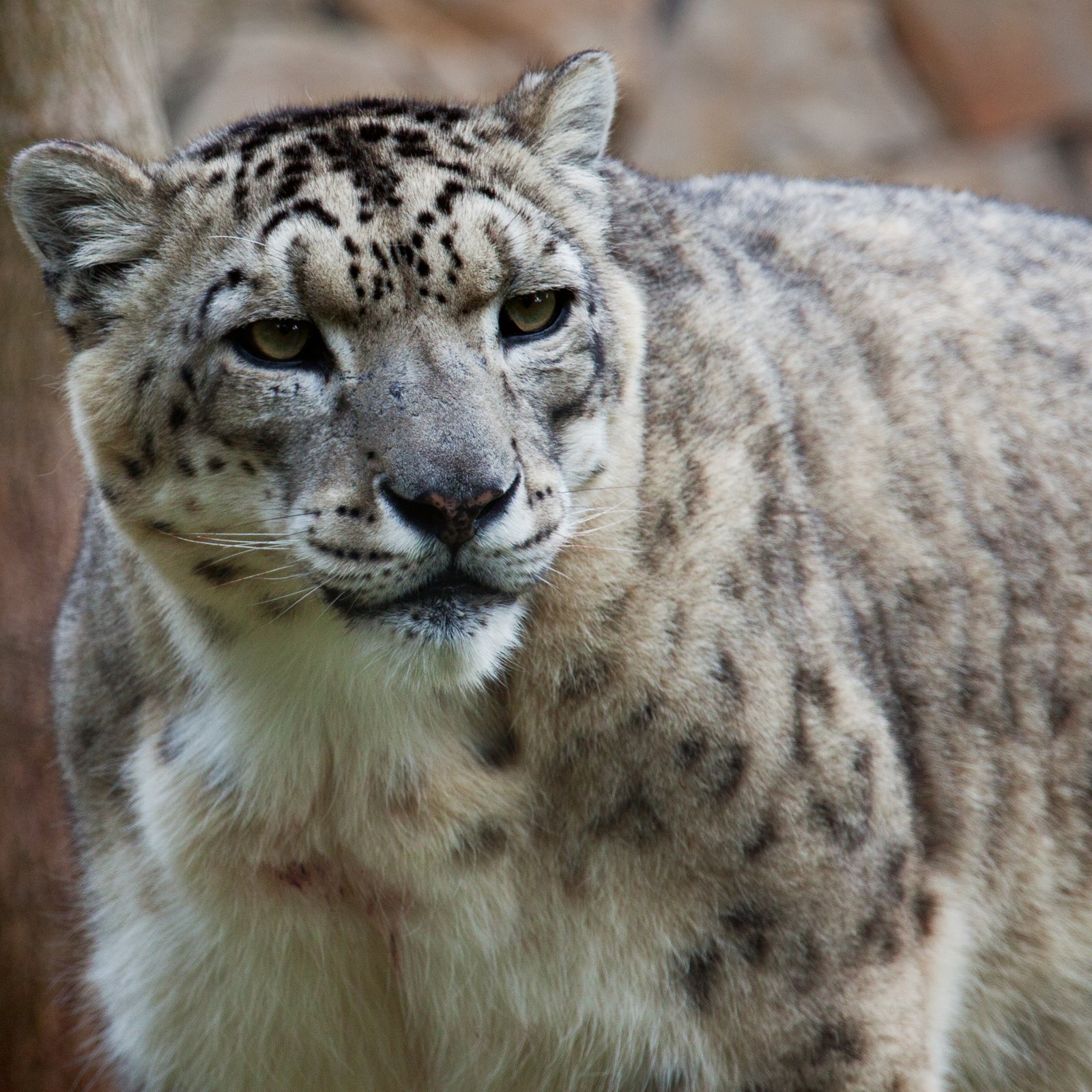
Snow leopards are true masters of the high-altitude world, and while they don’t “roar” in the classic sense, their deep, chesty calls can carry far across rocky cliffs. Their “roar” is more like a growl or a yowl, but it’s powerful enough to cross snowy valleys. Because they live in remote mountains, few humans ever hear their calls in person. These eerie, melodic sounds help them find mates and communicate across vast, empty spaces—like sending a voice message across a frozen world.
6. Clouded Leopard – The Forest’s Secret Roar
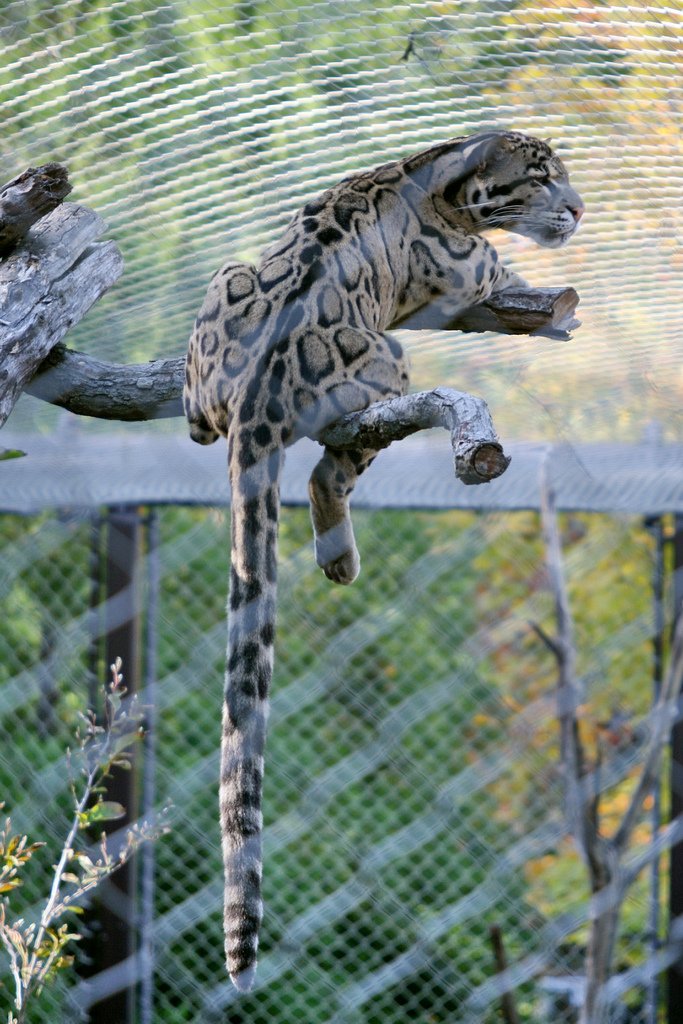
Clouded leopards are mysterious and elusive, but when they vocalize, it’s startling! Their calls range from low growls to a sort of “roaring hiss.” While not as loud as a lion, their vocal strength is impressive for their size, echoing through dense Southeast Asian forests. Scientists are still studying exactly why these cats vocalize the way they do, but it’s clear they’re not shy about making noise when they need to. If a clouded leopard decides to announce itself, every animal nearby takes notice!
7. Cougar – The Mountain Lion’s Scream

Cougars, also known as mountain lions or pumas, don’t roar in the traditional sense—but their scream is legendary. When threatened, searching for mates, or marking territory, they let out a piercing, almost human-like cry that can send chills down your spine. These haunting calls can carry for miles across canyons and forests. Imagine hearing that at night—it’s no wonder early settlers thought cougars were ghosts or monsters! Their unique vocalizations help them stay connected across vast, rugged landscapes.
8. Cheetah – The Chirping Speedster

Cheetahs break the big cat mold—they can’t roar, but their chirps, growls, and purrs are surprisingly loud. When a cheetah is excited or calling for its cubs, the sound can travel across the savannah like a birdcall on steroids! Their “chirrup” is high-pitched and almost comical, but it’s powerful enough to cut through the wind as they run at lightning speed. Cheetahs use their voices to stay in touch, warn rivals, and even flirt. Who knew the fastest cat was also one of the chattiest?
9. Caracal – The Desert’s Wild Yowler
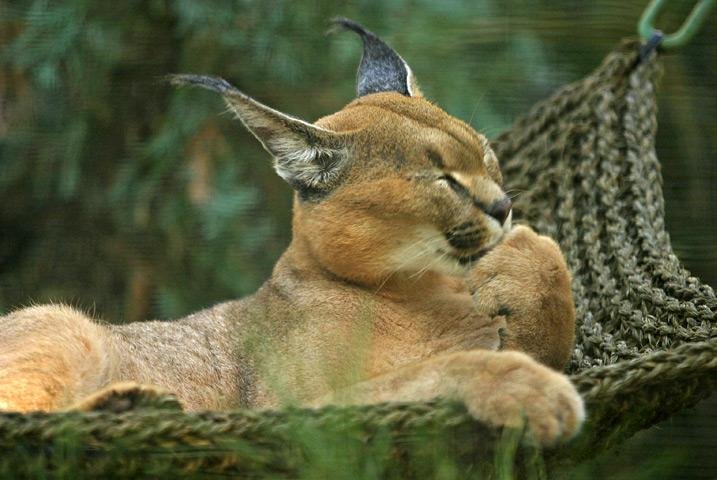
Caracals might look petite compared to lions or tigers, but don’t underestimate their vocal volume. These desert cats let loose a wild array of yowls, growls, and barks—sometimes loud enough to make your hair stand on end! Their vocalizations help them communicate over long distances, especially at dawn and dusk when they’re on the hunt. The caracal’s yowl is both a warning and a challenge, a reminder that even the smaller cats can make a big impression.
10. Eurasian Lynx – The Nighttime Echo

The Eurasian lynx is famous for its ghostly presence in the forests of Europe and Asia, but its calls are anything but shy. At night, lynx let out deep, resonant growls and yowls that bounce through the trees like a forest echo. These powerful sounds are used to claim territory and attract mates—sometimes making humans stop in their tracks, wondering what wild creature is out there. For a medium-sized cat, the Eurasian lynx has a voice that’s truly larger than life.
11. Sumatran Tiger – The Island’s Roaring Treasure

Sumatran tigers are the smallest surviving tiger subspecies, but their roar is nothing short of impressive. Their calls are described as brief yet exceptionally loud, traveling through the dense jungles of Sumatra. This vocal power helps them communicate across thick forests, especially during mating season or when warning rivals to back off. Sumatran tigers are critically endangered, so every roar is a reminder of a rare wild spirit fighting for survival.
12. Indochinese Tiger – The Elusive Roar
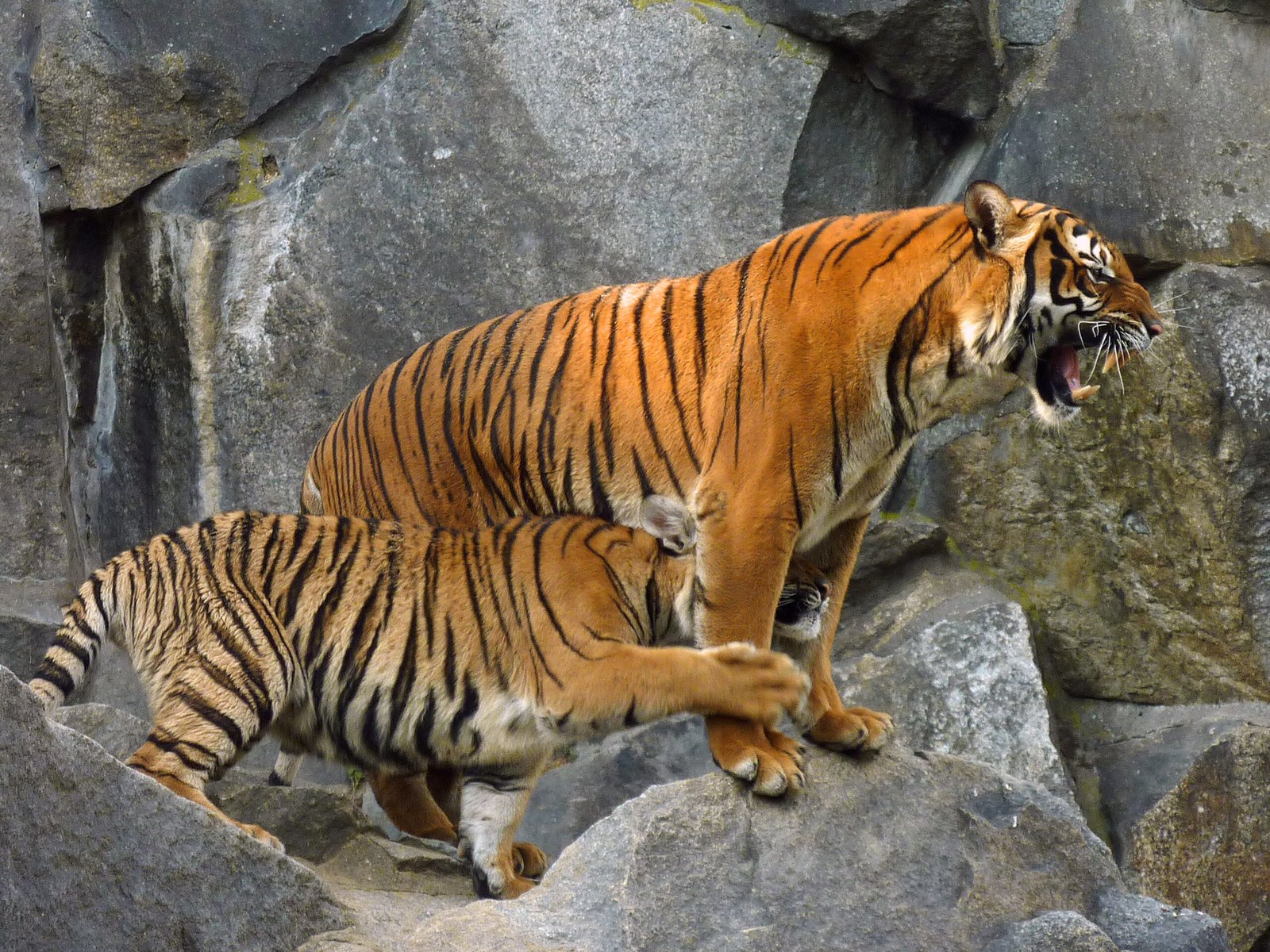
The Indochinese tiger is rarely seen, but its roar is a jungle legend. These tigers live in some of the most remote regions of Southeast Asia, and their deep, echoing calls are key to marking territory. When an Indochinese tiger roars, the whole forest knows it! Their vocalizations help these shy cats avoid direct conflict—letting others know, “This patch is taken!” It’s a stunning example of how a big voice can keep the peace in a crowded jungle.
13. Bengal Tiger – The Royal Roar
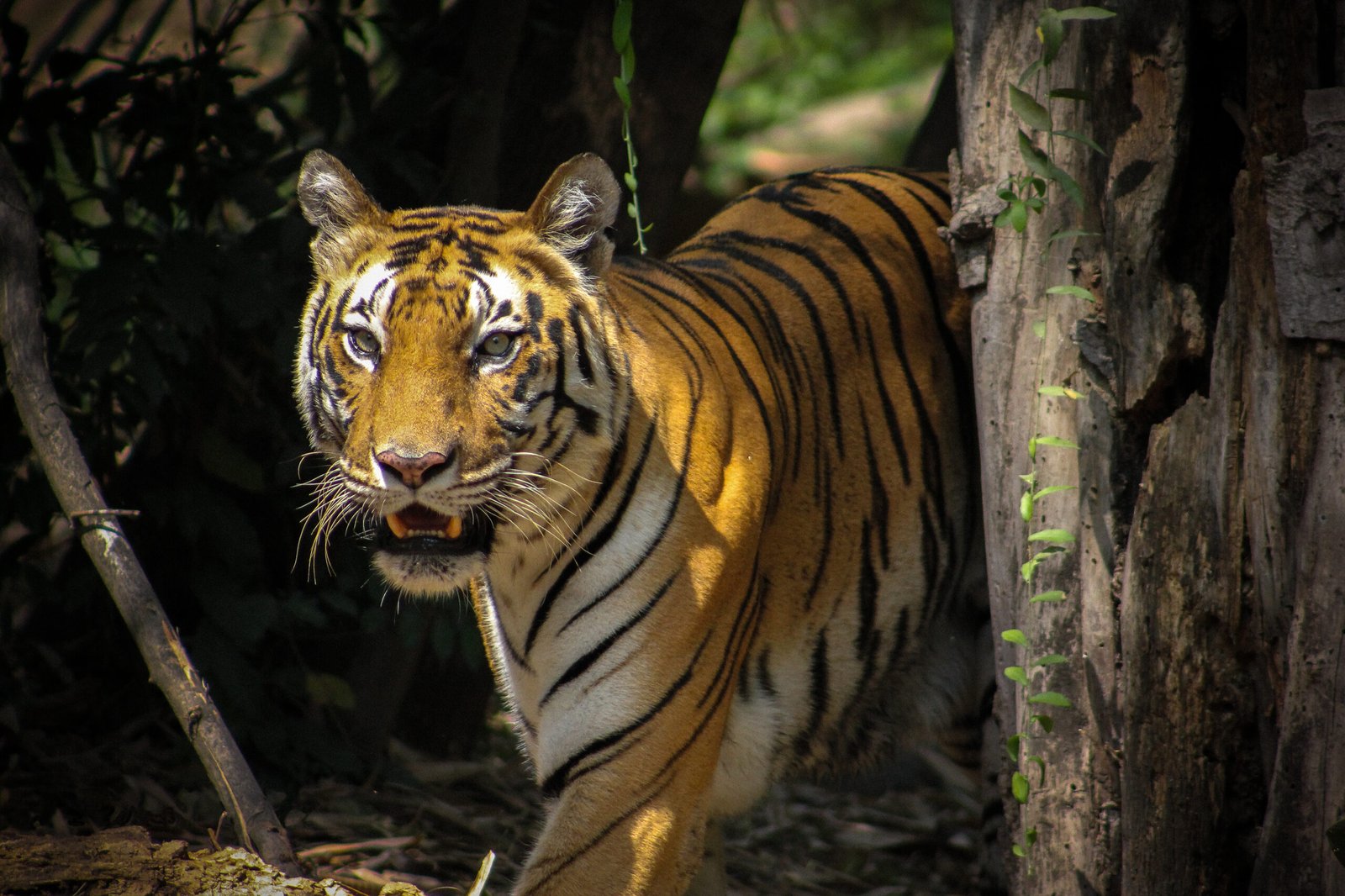
Bengal tigers are the most numerous and well-known of all tigers, and their roar is nothing short of royal. It’s a sound that can be heard up to two miles away, rolling over rivers and through tall grasses. Bengal tigers use their incredible voices to claim territory, call to mates, and warn off rivals. These calls are not just noise—they’re a symbol of power in the wild, like a king’s proclamation echoing across a kingdom.
14. African Leopard – The Bush’s Sawing Call
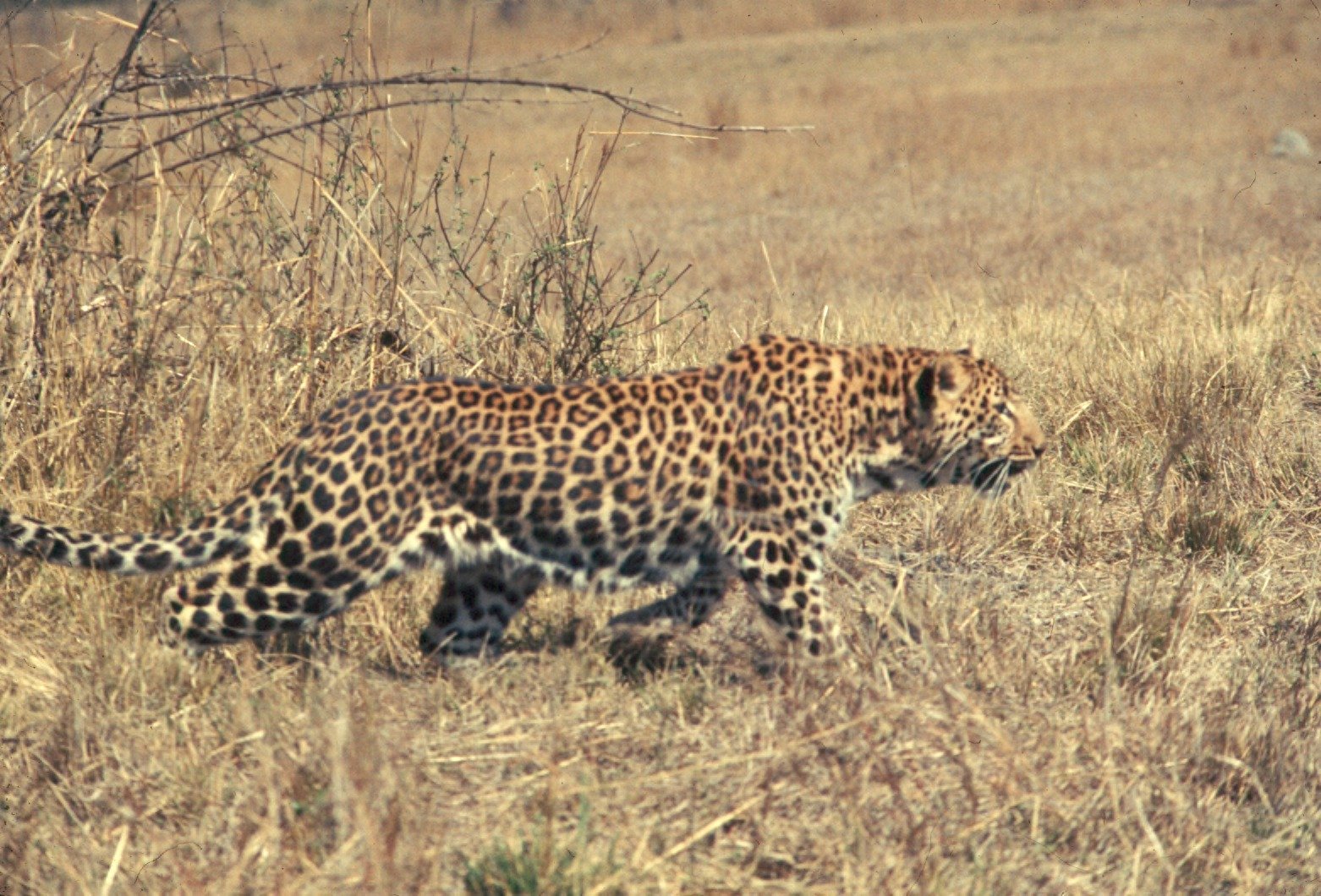
African leopards are masters of stealth, but when they want to be heard, they let loose a signature “sawing” vocalization. This rough, repetitive sound can echo through the bush, letting other leopards know who’s boss. It’s less a roar and more a deep, rhythmic rasp that carries surprisingly far. For these elusive cats, vocalizing is all about territory—staking their claim in a landscape full of rivals.
15. Asiatic Lion – The Forgotten Roar

The Asiatic lion, found only in India’s Gir Forest, has a roar that’s slightly less booming than its African cousin but still mighty impressive. Their calls can be heard up to two miles away, echoing through dry forests and grasslands. Asiatic lions roar most often at dawn and dusk, using their voices to keep their small prides together and to warn off intruders. Their powerful calls are a living link to ancient times, reminding us of the wild roots of this rare species.
16. Serval – The Spotted Serenade
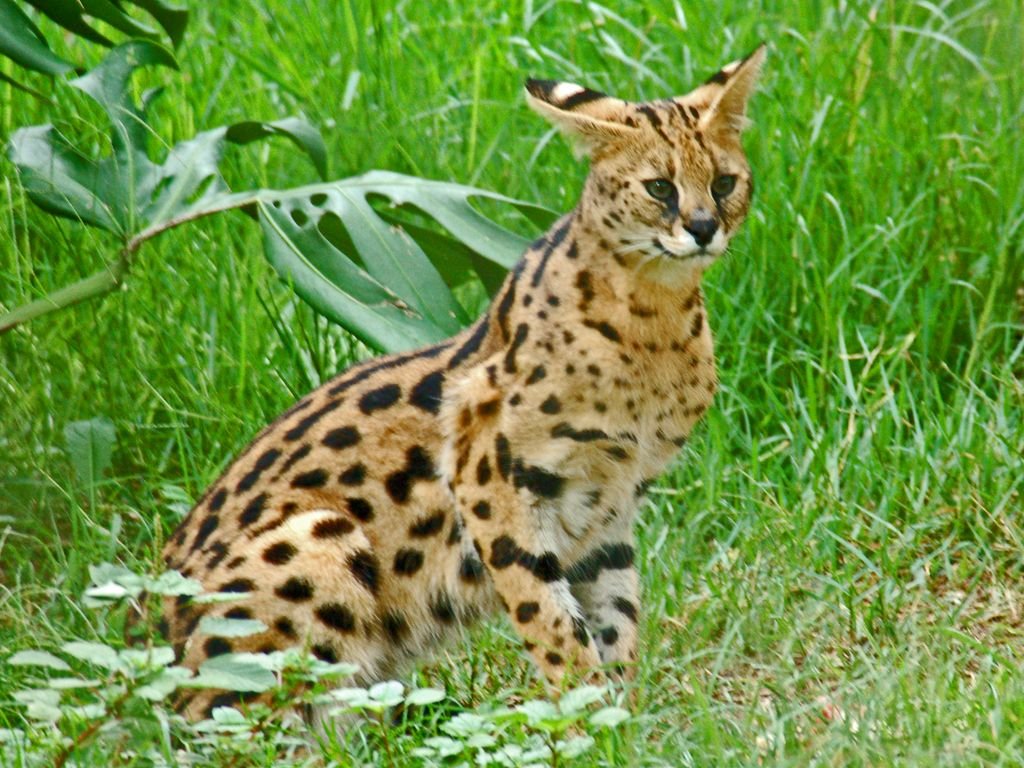
Servals might be slim and graceful, but their vocal range is anything but dainty. These African wildcats can produce a variety of loud growls, yelps, and even high-pitched shrieks that pierce the night air. Servals use these sounds to stake out territory and communicate with mates, especially during the breeding season. Their sharp calls are a surprise from such a sleek, delicate-looking feline.
17. Amur Leopard – The Whispering Rasp
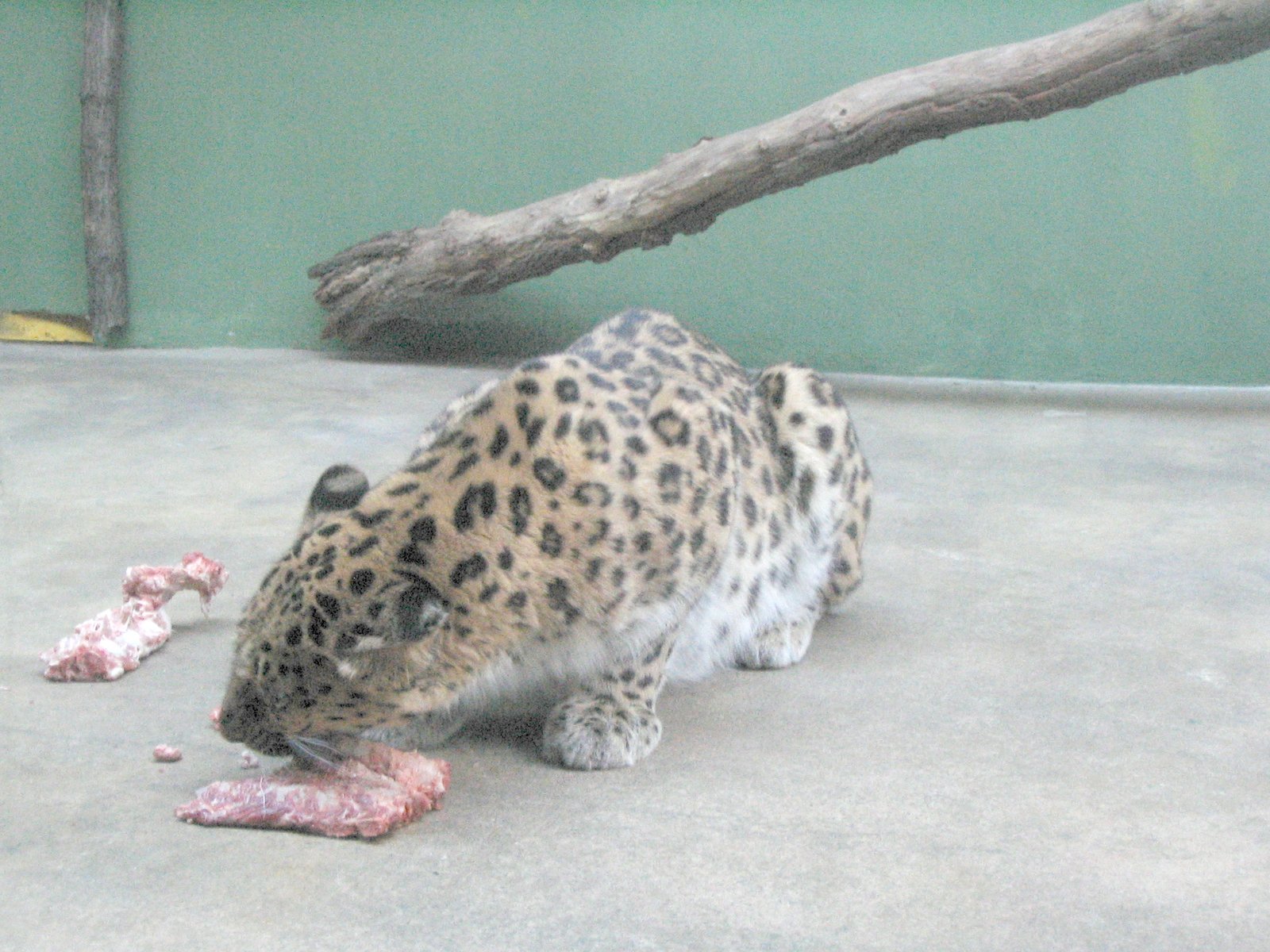
Amur leopards are among the rarest big cats, and their vocalizations are as unique as their spotted coats. Their “sawing” calls are loud and raspy, echoing through the cold forests of Russia and China. These calls help the solitary cats maintain distance from rivals and attract mates across wide, snowy landscapes. For such a secretive animal, the Amur leopard’s voice is a powerful tool for survival.
18. Sunda Clouded Leopard – The Rainforest’s Voice
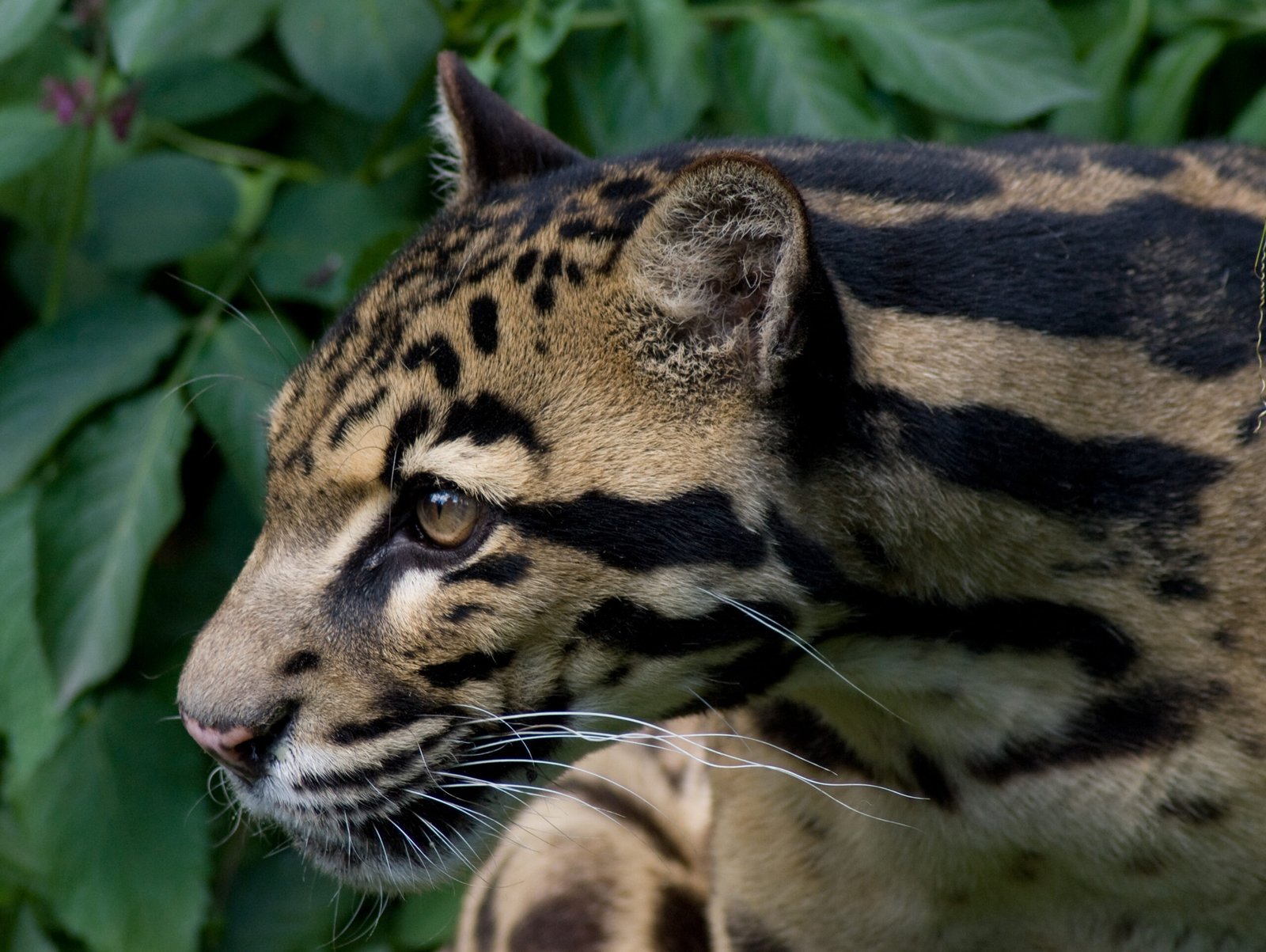
The Sunda clouded leopard is a mysterious inhabitant of Southeast Asian rainforests, and its vocalizations are as enigmatic as the cat itself. These felines use deep, guttural growls and chuffing sounds to communicate through thick jungle. While their voices aren’t as booming as a lion’s, their calls are perfectly tuned to the dense, tangled forests they call home. Every sound helps them avoid conflict and find each other in the wild green maze.
19. African Golden Cat – The Forest’s Roaring Secret
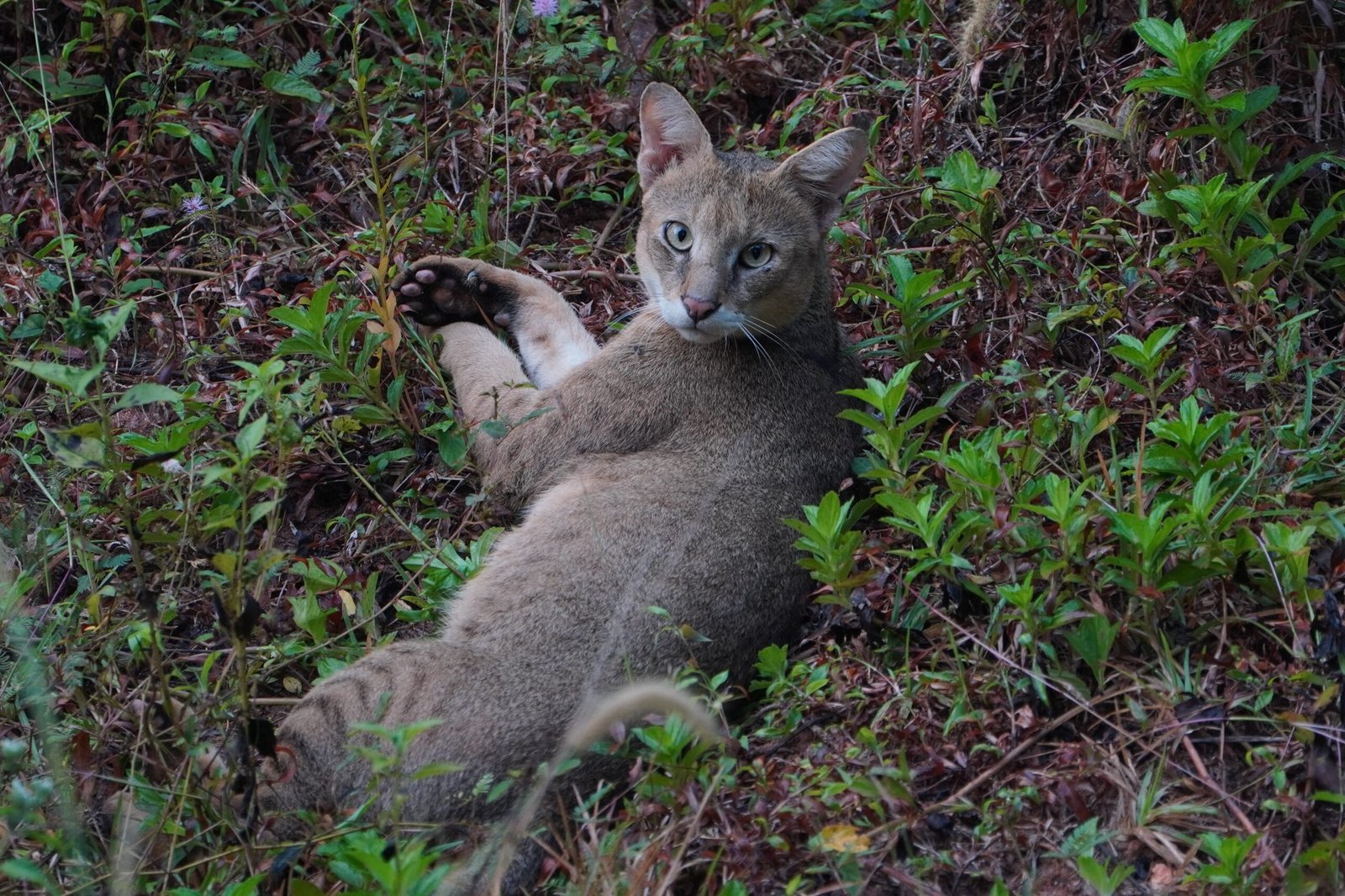
African golden cats are rarely seen, but their loud, harsh calls are sometimes mistaken for those of a leopard. These medium-sized cats use gruff barks, growls, and even roaring cries to communicate through thick rainforest. Their vocal strength is surprising for their size, making them seem much bigger than they are. In the dark heart of the African forest, this cat’s voice is a rare and surprising treasure.
20. Ocelot – The Spotted Night Caller

Ocelots are small but mighty when it comes to making themselves heard. Their yowls, growls, and hisses can cut through the nighttime jungle, alerting rivals or seeking out a mate. Ocelots rely on sound to navigate their dense habitats, where sight is limited and voices carry the farthest. Their calls are proof that even the smallest big cats have a big presence!
21. Geoffroy’s Cat – The Tiny Tiger’s Scream
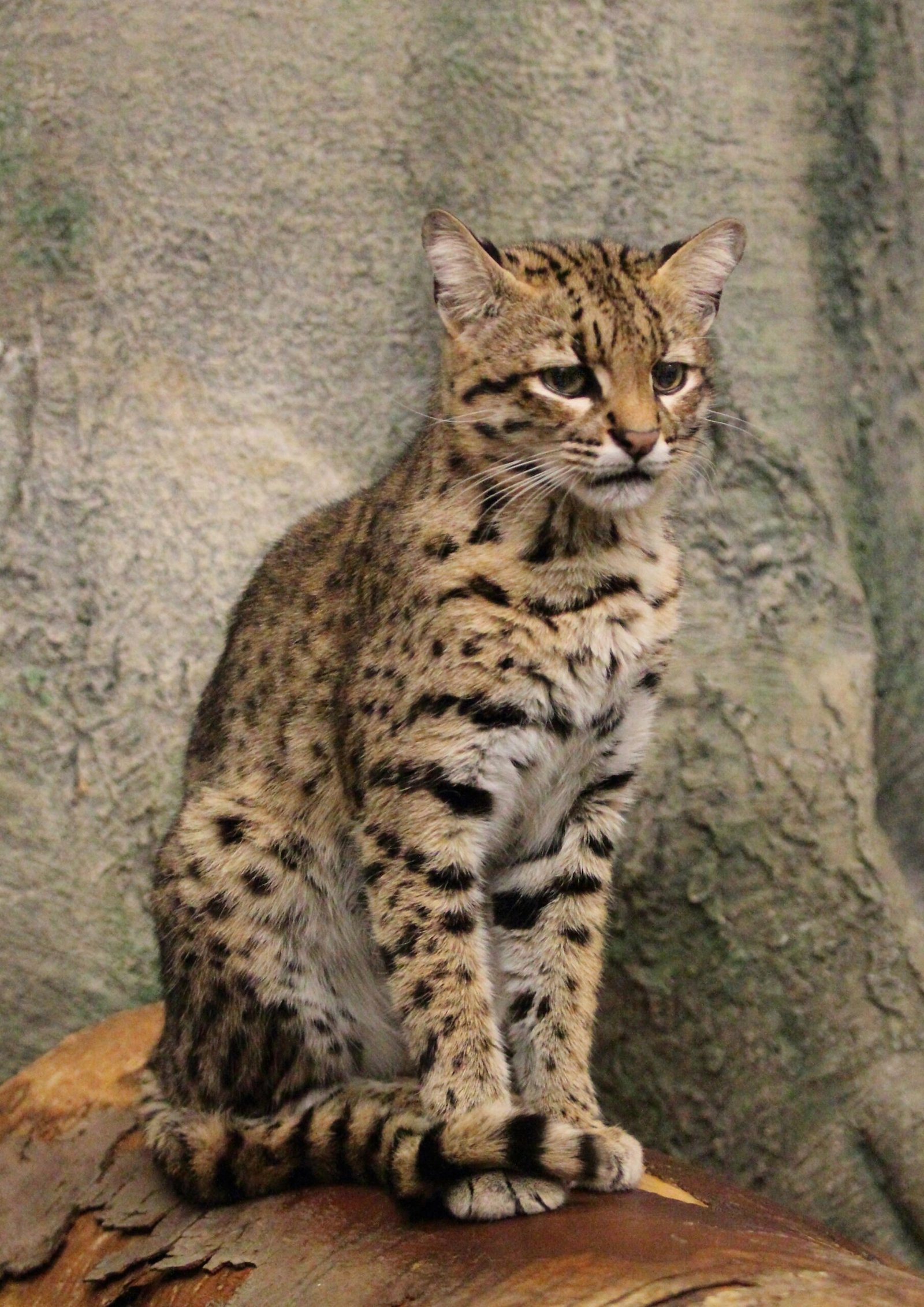
Geoffroy’s cat is one of the smallest wild cats in South America, but its scream is surprisingly fierce. When threatened or during mating season, these little predators let loose with a piercing, high-pitched wail that echoes across the grasslands. Their dramatic calls help them find mates and defend their territory, showing that even the tiniest felines can roar with the best.
22. Margay – The Canopy’s Chirping Acrobat
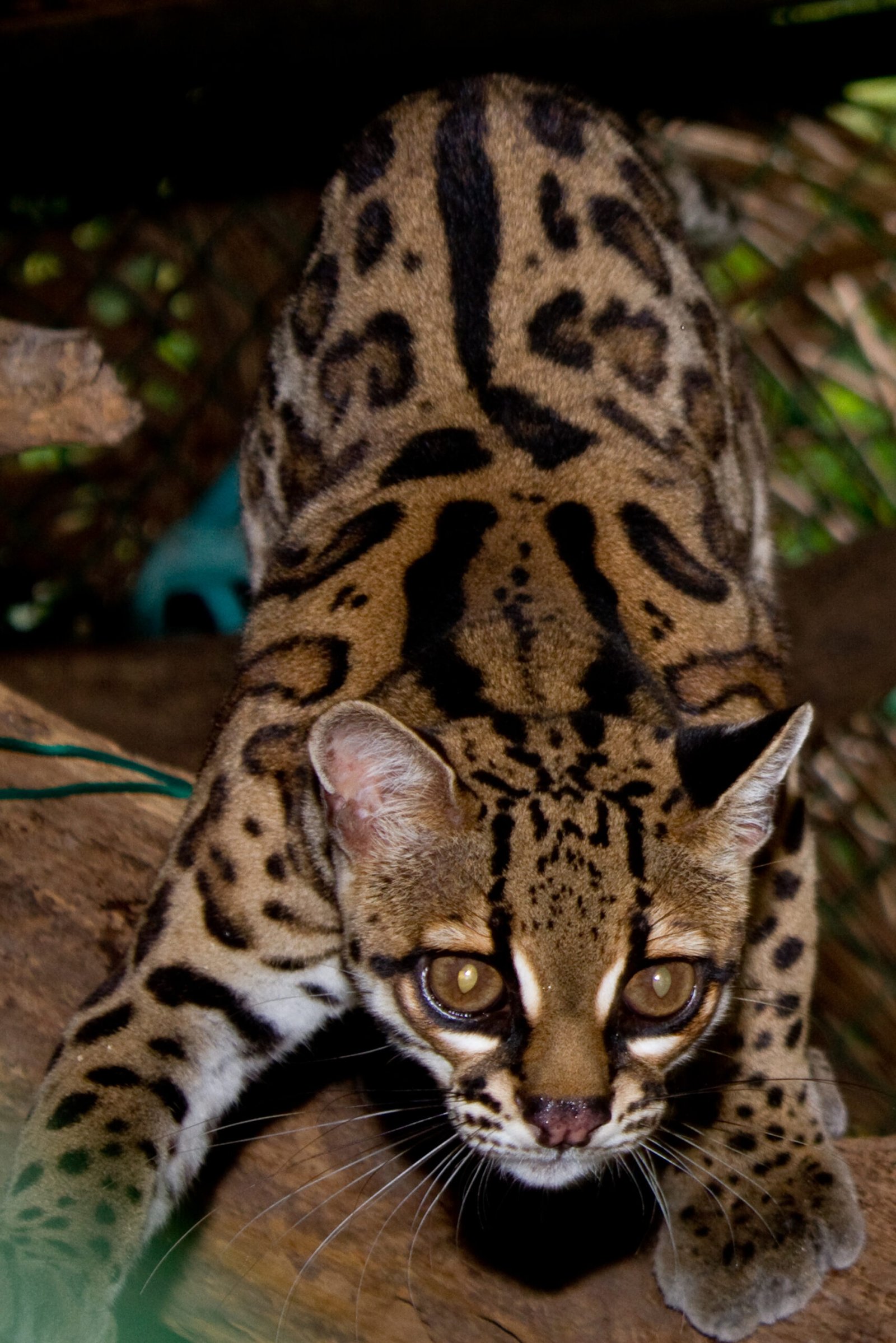
Margays are agile climbers, spending most of their time high in the rainforest canopy. Their vocalizations are just as unique—high-pitched chirps, yowls, and even meows that help them communicate through the treetops. Margays use these sounds to find each other in the dense leaves, warn off rivals, and keep in touch with family. Their voices are like musical notes in the jungle symphony.
23. Fishing Cat – The Wetland’s Loudmouth

Fishing cats are strong swimmers with a loud, guttural call that echoes over marshes and rivers. Their growls and chuffing sounds help them mark territory and warn off competitors, especially during the breeding season. Fishing cats might not have the classic roar, but their voices are powerful enough to cut through the chatter of the wetlands. It’s just another reminder that every cat has its own unique way to be heard.
24. Bobcat – The American Wild Yowler

Bobcats roam the forests and deserts of North America, and their wild, yowling cries are a staple of nighttime wilderness sounds. Their loud, staccato calls can be heard for miles, especially during mating season. Bobcats use their vocal power to connect with others, warn off rivals, and claim their slice of the wild. When you hear a bobcat at night, it’s like a little piece of the wild calling out to you.
25. Jaguarundi – The Whistling Oddball
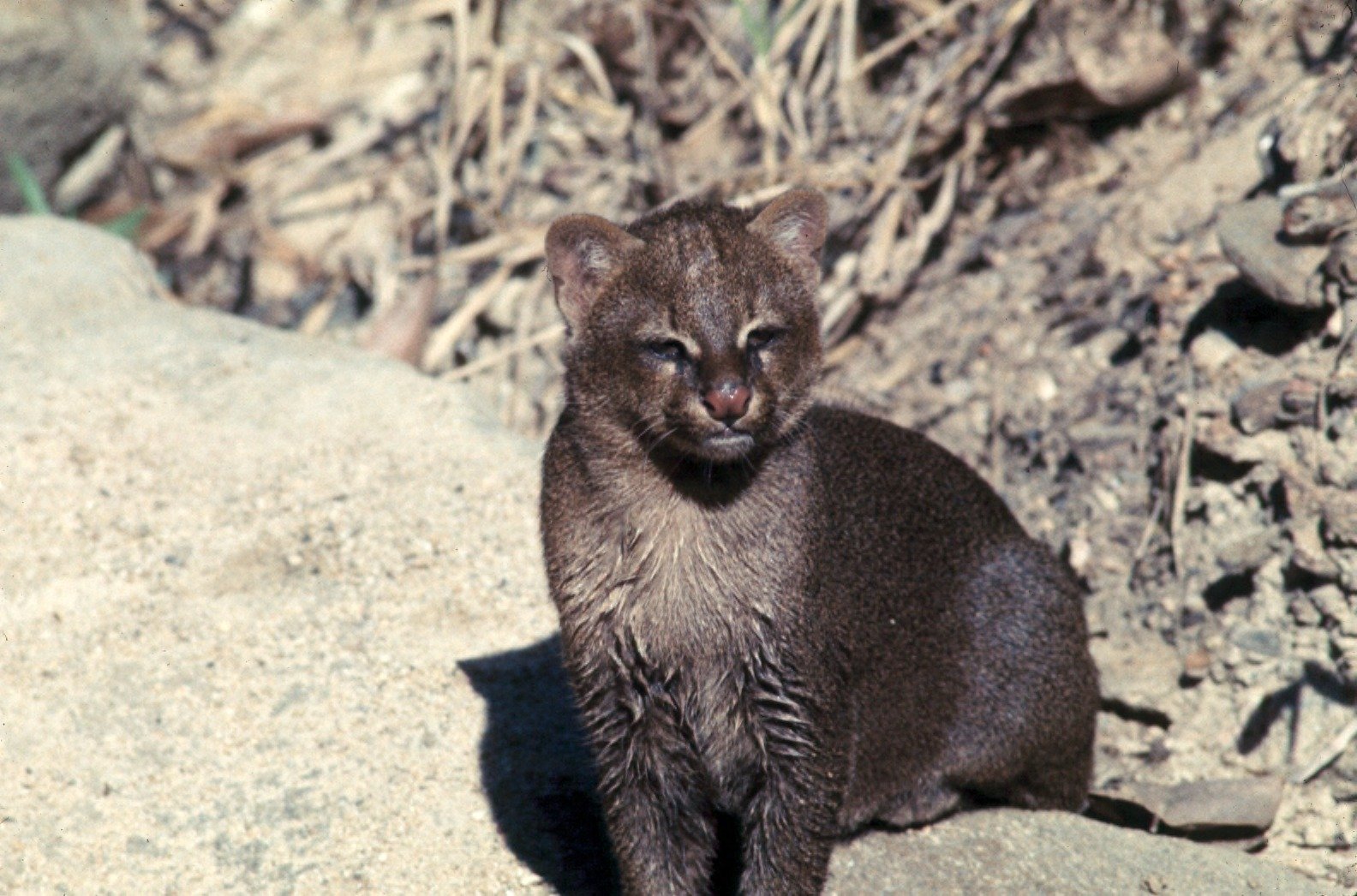
Jaguarundis aren’t your typical big cats, but their voices are some of the strangest! These sleek, weasel-like felines whistle, chirp, and yowl, producing a range of sounds that baffle researchers and delight listeners. Their calls help them stay in touch through dense brush and tangled forests. The jaguarundi proves that being loud isn’t just about size—it’s about personality!
Which of these cats would you love to meet (or hear) in the wild?

Suhail Ahmed is a passionate digital professional and nature enthusiast with over 8 years of experience in content strategy, SEO, web development, and digital operations. Alongside his freelance journey, Suhail actively contributes to nature and wildlife platforms like Feline Fam, where he channels his curiosity for the Feline into engaging, educational storytelling.
With a strong background in managing digital ecosystems — from ecommerce stores and WordPress websites to social media and automation — Suhail merges technical precision with creative insight. His content reflects a rare balance: SEO-friendly yet deeply human, data-informed yet emotionally resonant.
Driven by a love for discovery and storytelling, Suhail believes in using digital platforms to amplify causes that matter — especially those protecting Earth’s biodiversity and inspiring sustainable living. Whether he’s managing online projects or crafting wildlife content, his goal remains the same: to inform, inspire, and leave a positive digital footprint.






